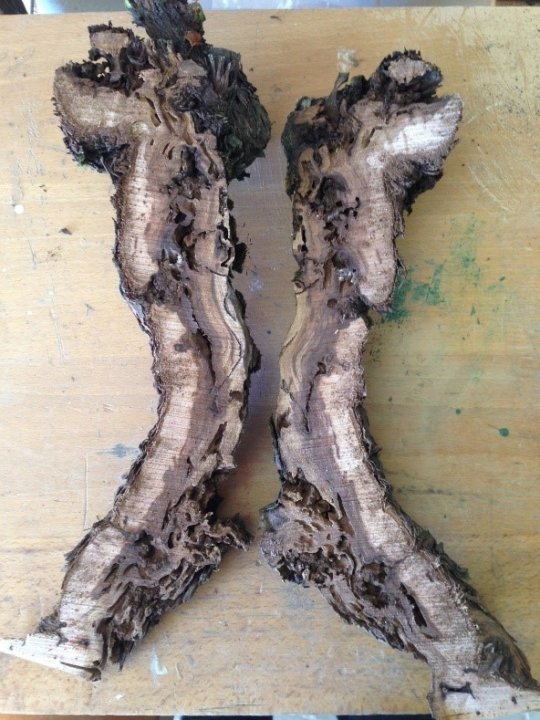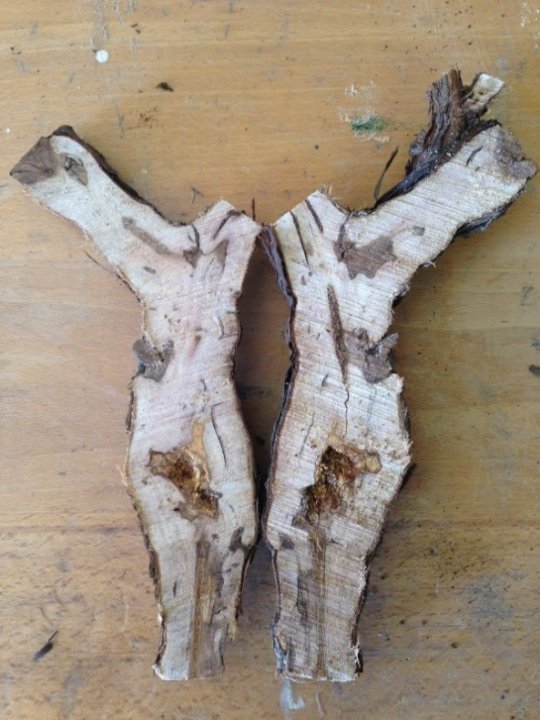Pruning is one of the most important tasks of the year because it affects the entire growing season. Each vine has to be treated as an individual and the pruning choices adapted to suit its needs.
Various good pruning practices can be combined to preserve the flow of sap and therefore ensure that the plant remains in good health and that growth is balanced.
2.1.1.d What is the best way to maintain the flow of sap?
Favour the same sap flow each year and concentrate wounds in one area
It is important to keep the sap flow free of necrosis for optimal flow and to keep an area of wood as healthy as possible. There is therefore a portion of the vine where the wounds are concentrated and an area where the sap flow is healthy.
Let's take the example of single Guyot. To maintain a wound-free zone and avoid crowding of the foliage, the spur’s orientation must be the same for all the vines with the first bud always at the bottom.
For example, the spur can grow in a northerly direction so that the base of the vine develops in the same direction. In this example, the cane faces south and the spur north. The following year, the branch originating from the spur’s first bud will be pruned into a spur. The second bud (on top) will be the new cane. The cane’s load will be determined depending on the vine's vigour and production objectives.
The elongation caused by this method must be accepted to respect the vine’s natural elongation.
A good alternative is the Guyot Poussard method where a spur is kept on both sides of the wood which preserves sap flow on both sides of the vine. The cane is kept on alternating right or left sides of the vine.
Avoid large pruning wounds
Large wounds will lead to the formation of large necrotic areas. They should therefore be avoided as much as possible. Electric pruning shears make it easy to create large wounds, since there is no need to force them to remove large pieces of old wood. It is advisable to proceed with caution.
Avoid close cuts
Close cuts will lead to a larger desiccation cone. For best results, the stump should be 1 to 1.5 times the diameter of the cut wood on which the cone is situated. The basic assumption being that the depth of the cone is equivalent to the wood’s diameter. Although this rule is not always strictly followed (depending on the position of the wound on the vine, the severity, the grape variety, etc.), it serves as a guideline for pruning.
These stumps will necrose during the year and have to be removed the following year.
Similarly, when removing any suckers from the trunk, it is important to respect sap flow in the crown area so the sap maintains its course and thereby prevents necrosis.
Aniticipating the following winter's pruning when desuckering
Desuckering, also called green pruning, is crucial for the following year's pruning. It is at this point that all the superfluous shoots are eliminated to the benefit of the remaining shoots to shape the vine and produce future clusters. The sap will be concentrated towards these key branches, enabling uniform growth.
Green pruning also helps avoid additional pruning wounds and desiccation cones.
For more details see the section on green pruning.


